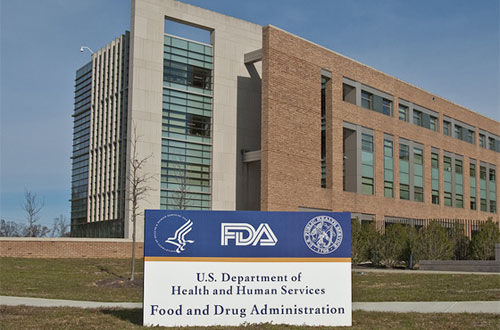
The regulatory path for biosimilar drugs in the US has started to crystallise with the publication of draft guidance by the FDA on clinical pharmacology requirements.
This is the first guidance to come out of the agency since it laid down basic principles for biosimilars via three documents published in February 2012.
The US has been lagging behind other areas of the world, including Europe and Canada, in its efforts to develop a regulatory pathway for biosimilar copies of biologic drugs that are no longer covered by patent protection.
While a route to market has existed in principle in the US since March 2010, the regulatory requirements have been too vague to encourage developers to take the risk and expense of developing these drugs for the US market.
Now, the FDA has spelled out how it believes clinical pharmacology data should be deployed to show similarity to a reference product, in terms of the pharmacokinetic (PK) and pharmacodynamic (PD) data required.
The draft covers study design and population, dose selection and statistical comparisons, among other things, and is open for comment for 90 days. It is intended to be one of a series that will be used to help developers bring biosimilars of high-priced brand-name biologic drugs to market.
The complex nature of biologics means that unlike small-molecule drugs it is practically impossible to duplicate a drug entirely, as even a single manufacturer’s product can exhibit variations between production runs, for example in the pattern of side chains on a protein-based drug.
According to the FDA’s definition, a biosimilar product has no clinically meaningful differences with the reference drug in terms of “safety, purity, and potency”, but can have minor differences in clinically-inactive components.
“Clinical pharmacology studies … are part of a stepwise process for demonstrating biosimilarity between a proposed biosimilar product and the reference product,” notes the guidance document.
The studies “add to the totality of the evidence to support an overall demonstration of biosimilarity …. through the demonstration of no clinically meaningful differences,” it goes on, adding that they may also be used to support the design of other studies that may be required to secure a biosimilar’s approval.
Europe has the longest history of allowing biosimilars onto the market, with more than a dozen protein-based biosimilars and the first two monoclonal antibodies already approved for sale. With regulations now being elucidated in the US and elsewhere, Frost & Sullivan recently predicted that the biosimilar market will grow exponentially from just $1.2bn last year to $23bn in 2019.




